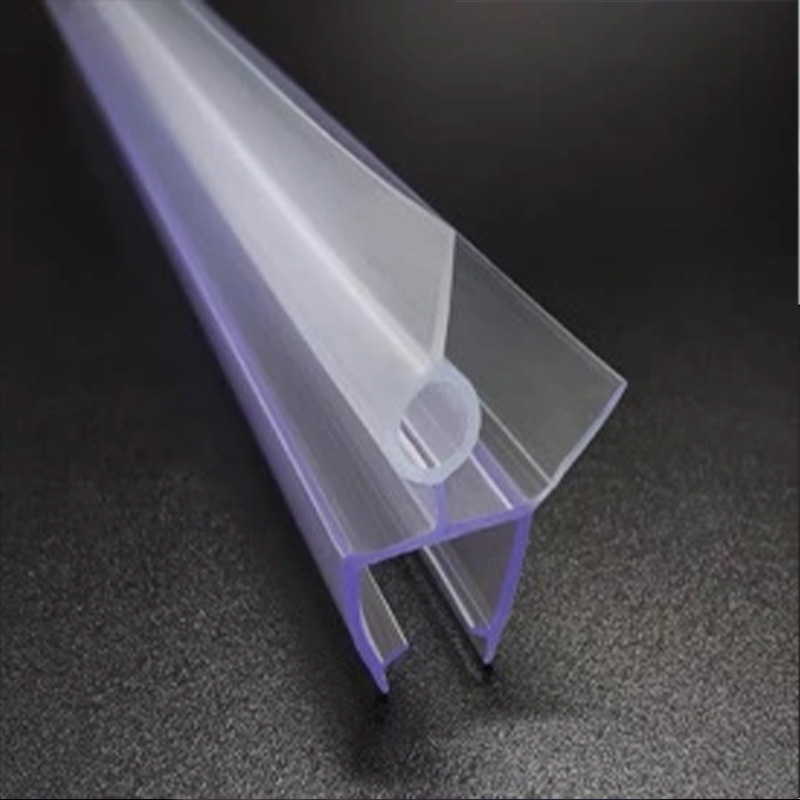Automotive Weather Sealing Tape for Enhanced Protection and Durability in Vehicles
Automotive Weather Stripping Tape An Essential Component for Vehicle Maintenance
When it comes to vehicle maintenance, many car owners may not give a great deal of thought to the small components that play a significant role in the overall functionality and comfort of their vehicles. One such essential component is automotive weather stripping tape. Although often overlooked, this tape serves as a crucial barrier against elements, helping to enhance the longevity and comfort of any car.
What is Automotive Weather Stripping Tape?
Automotive weather stripping tape is a specialized adhesive tape designed to seal gaps between various parts of a vehicle. This includes the doors, windows, trunk, and engine compartments. Made from materials like rubber, foam, or vinyl, these strips provide insulation against water, dust, and wind, ensuring that the interior of the vehicle remains comfortable and protected from the elements.
Importance of Weather Stripping
Weather stripping plays a crucial role in maintaining the vehicle's interior environment. It protects against rainwater leaks, which can lead to mold and mildew growth, damaging upholstery and electronics. Additionally, effective weather stripping helps keep out road noise, providing a quieter and more enjoyable driving experience. It also assists in temperature regulation, ensuring that your vehicle's heating and air conditioning systems work efficiently, conserving energy, and improving fuel economy.
Common Signs of Deterioration
Over time, weather stripping can deteriorate due to exposure to the sun’s UV rays, varying temperatures, and the elements
. Car owners should be on the lookout for several signs that indicate a need for replacement or repair1. Visible Cracks or Tears If the weather stripping appears cracked or torn, it can no longer provide a proper seal, allowing air, water, and dust to enter the vehicle. 2. Increased Wind Noise Unusual noises while driving can indicate that the weather stripping is failing to block out sound from outside.
automotive weather stripping tape

3. Water Leaks If you notice water entering the cabin after a rainstorm or car wash, it’s a clear sign that the weather stripping needs attention.
4. Frost or Condensation Excessive moisture on the inside of the windows during cold weather is another indicator that the seals are compromised.
Replacement and Maintenance
Replacing weather stripping is a straightforward process that many individuals can perform themselves. First, assess the area where the weather stripping has failed. Remove the old tape carefully, ensuring that the surface is clean of any debris or adhesive residues. Once prepared, measure and cut the new weather stripping tape to size. Most automotive stores offer pre-cut strips for common car models, which can simplify the replacement process.
Proper maintenance of weather stripping can prolong its lifespan. Regularly cleaning the strips with mild soap and water can help avoid the buildup of dirt and grime that can lead to degradation. It's also beneficial to apply a silicone-based lubricant to prevent the rubber from becoming brittle over time.
Conclusion
In summary, automotive weather stripping tape may seem like a minor component of a vehicle, but it plays a critical role in maintaining comfort and functionality. By providing necessary seals against the elements, it protects both the interior and the structural integrity of the vehicle. Regular inspections and timely replacements can enhance the longevity of your car while ensuring a pleasant driving experience.
As with all vehicle maintenance tasks, being proactive can save you time, money, and headaches down the road. So, the next time you conduct a vehicle check-up, don’t forget to include the weather stripping on your list. Your car will thank you for it!
Share
-
The Best Lubricants for Aluminum Roller GuidesNewsJul.23,2025
-
Slitting Machine Applications in the Packaging IndustryNewsJul.23,2025
-
Rolling Roller Balancing Techniques for Smooth OperationNewsJul.23,2025
-
How To Optimize An EV Battery Assembly LineNewsJul.23,2025
-
Energy Efficiency in Modern Battery Formation EquipmentNewsJul.23,2025
-
Automation Trends in Pouch Cell Assembly EquipmentNewsJul.23,2025







